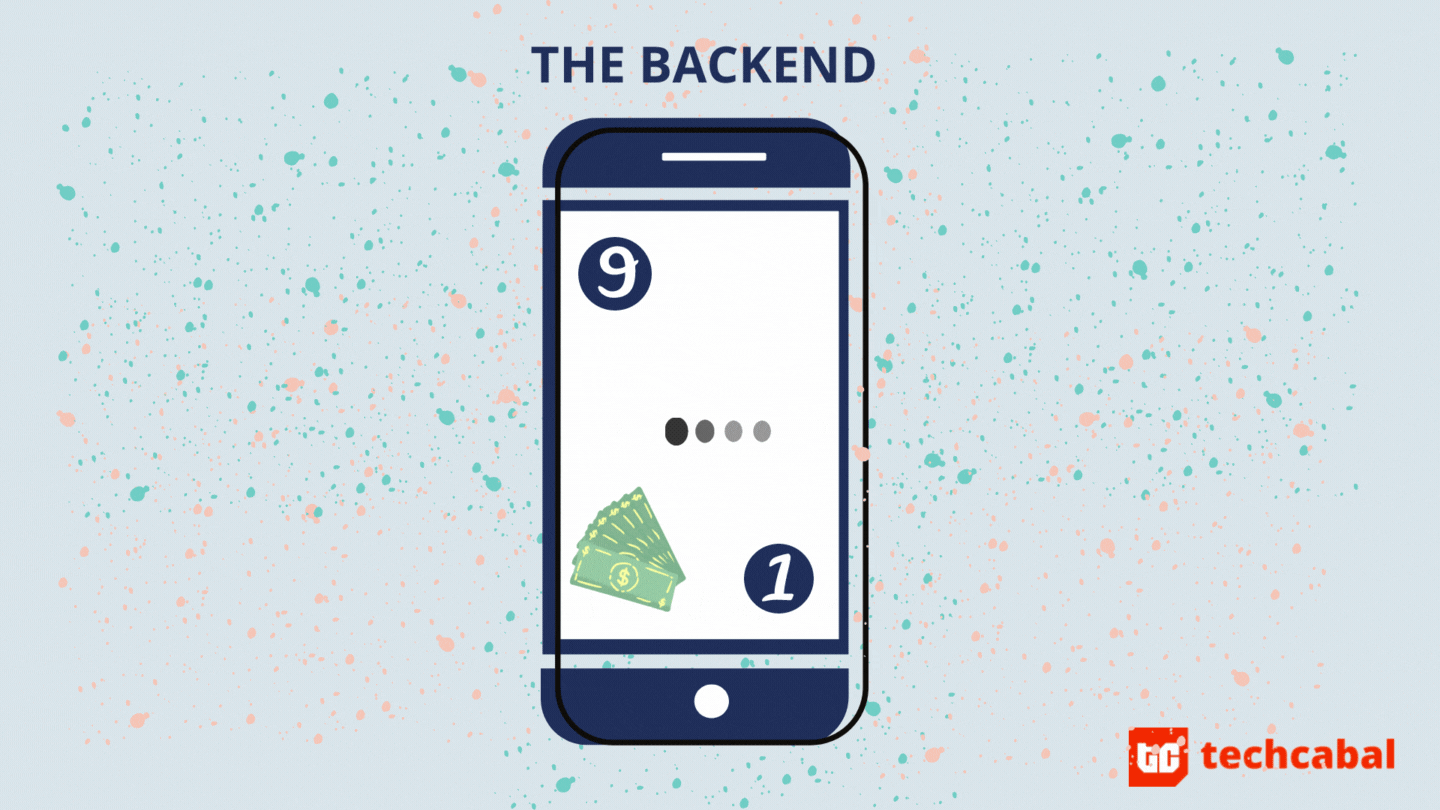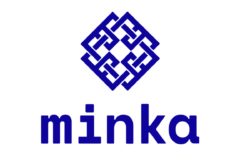The BackEnd explores how tech products are built in Africa, highlighting uniqueness, user behaviour assumptions, pilots, pivots and challenges during the product cycle. A new edition every other Thursday.
—
Most people who started using mobile phones in the 2000s became familiar with USSD through loading and checking airtime balance. With time, mobile banking became a major use case; again for airtime transactions, but also for buying internet data, sending money and paying bills.
Unlike mobile apps that need to be downloaded and installed, USSD (Unstructured Supplementary Service Data, if you insist) is lightweight and straightforward to use.
Dial the code for the desired service, follow the instructions e.g. “press 1 to Check Balance” on each page and, provided there isn’t some “connection failure” or “entry error”, your wishes will come true.
A misconception is that USSD is for people who use basic phones but the feature has become mainstream even among smartphone users in Africa. A study of smartphone users in Bangladesh, Côte d’Ivoire, Kenya, Nigeria and South Africa showed that 87% of all financial-related transactions were conducted via USSD, with only 13% via mobile app.
So, USSD works well. But it still has its fair share of frustrating glitches that you normally wouldn’t encounter on an app. For one, you need to memorise the code for each service you want to access. You could minimise an app to get information from, say, your notes app. But you mostly can’t minimise a USSD session once it’s started.
USSD’s original design did not foresee “how the introduction of smartphones would bridge the worlds of computing and telecommunications to form an entirely new industry,” Wiza Jalakasi explains.
But that’s not to say we should throw it away. On the contrary, some companies recognise that USSD is here to stay in Africa. As such, they are merging the best of both worlds: stacking the visual appeal and interactivity of smartphones on top of USSD’s simple and efficient backend.
One such company is Hover, a US-based company, and their solution is called Stax.
Making USSD smart
Stax is a mobile app currently available only to Android users in 10 countries, including Nigeria, Uganda, Kenya and Tanzania. It has three use cases: buy airtime, send money, and request money. All without ever dialling any USSD code.
It’s not a digital wallet or account, so it doesn’t ask for an email address or phone number. But – and this is an important but – Stax needs certain phone permissions.
What permissions? Three precisely: to make and manage phone calls; send and view messages; and access your contacts.
With those enabled, you can input how much airtime you want to buy, choose the bank or fintech-powered account you want to debit and input the phone number to credit or select from your phonebook.
It would be great if this is where it ends but – somewhat unfortunately – Stax asks for two other permissions to complete this task of buying airtime. Permission to display on top of other apps on your phone and another to connect with mobile money and telecom services on your behalf.
This gave me pause and maybe it is because of the copy: “Allow Stax to have full control of your device?”
Three paragraphs beneath that question describe why the permission is needed. But all the bad news I have absorbed about privacy risks over the past four years flashed before my eyes, discouraging me from clicking “Allow.”
Jess Shorland, co-founder of Hover, agrees that some work needs to be done to make users more comfortable with the permissions. But she has an explanation for why they are necessary:
“It allows us to automate the USSD session on behalf of the user. We’ve basically built a different interface for USSD. The user interacts with that interface in a way that is a lot more screen-reader friendly.”
In other words, the accessibility permission is what enables Stax to do these things on the user’s behalf.
When a user gives Stax access, the app activates a screen reading functionality and acts as a web browser. USSD is still happening in the background but instead of presenting those USSD screens, Stax’s SDK reads the USSD dialog, runs the functions and shows the user a familiar app interface.
But what are the risks? Because there is no way to convince a user that giving up control doesn’t somehow make them a little vulnerable. Shorland says Stax only takes the information needed to enable the user complete their transaction.
“Everything happens client side, not on our servers. It’s also what enables us to be offline,” she says, emphasizing that the app is open-source as a sign of transparency.
Who in Africa needs Stax?
I guess it’s kind of cool that Stax, a fintech app, works offline like regular USSD. But with the internet being more central to the digital and financial services space today, why should we cheer for Stax?
Hover CEO and co-founder Ben Lyon says they are “building for the world as it is today so that we can bridge it to where it ought to go.”
In 2020, there were 159 million monthly active mobile money accounts in Africa, according to the GSM Association. Africa represents more than half of the global mobile money usage.
Lyon thinks such numbers and smartphone usage – expected to double to 678 million by the end of 2025 – will make USSD even more mainstream. “It is a standard view of the tech industry that USSD is a bygone thing. It is actually just categorically wrong.”
If that view is wrong as he insists and if USSD’s user experience needs to be modernised for the smartphone age, then solutions like Stax would seem right on time.
Stax wants the app to be under 10MB so that it will work easily on every (Android) phone. Average transaction time is supposed to be 12 seconds.
My airtime purchase this morning took a bit longer. It showed a transaction failure message at the end and my bank debited me two seconds later. But I got the airtime.
Stax is… a work in progress
As of today, Stax currently supports transactions for eight banks (Access, First, Guaranty, Keystone, Sterling, UBA, Wema, Zenith), OPay and Paga.
Being in the USSD business in Nigeria means getting into the CBN (banks) vs NCC (telcos) scuffle around who pays for USSD services. What does Hover think about this debate?
“Because we believe that USSD is about accessibility and inclusion, I believe strongly that consumers should not pay to access the channel,” Lyon says.
“I hope NCC and other players come around to this view that consumers should not pay.”
Outside of that and other potential headaches, Stax’s focus will be on convincing individuals and businesses that the app is reliable for all seasons and geographies, regardless of internet connection, says Peace Itimi, who leads growth for the product.
“We are not monetizing Stax yet and it’s not on the near term roadmap to monetize it,” Lyon says. “There is a WhatsApp sized opportunity here and our first priority is to make sure we can seize the opportunity at the appropriate time.”
Ben also name-drops WeChat as a possible inspiration for monetization. With a large user base, Stax could begin enabling discovery and access to third party services, in what could make Stax a super app of sorts.
“When people understand what the product can do, they will fall in love with it,” Itimi says.
That depends: on how they fix those curious accessibility permissions, and if people really feel the need to switch from basic USSD – which works okay – to a shinier, app-enabled life.





















